
If you're a car audio enthusiast, you've probably encountered the parking brake wire when installing a new car stereo. Many modern car stereos have a feature that requires the parking brake to be engaged before certain features, like video playback, can be activated. This safety feature is designed to prevent distractions while driving, ensuring that you focus on the road and not on the screen. However, for those who wish to bypass the parking brake wire and unlock full functionality at all times, there are safe ways to do so. This article will guide you through the process of bypassing the parking brake wire on your car stereo, addressing the pros, cons, and legal considerations.
Table of Contents
- What is the Parking Brake Wire and Why Does It Matter?
- Understanding the Legal Implications of Bypassing the Parking Brake
- Why People Want to Bypass the Parking Brake Wire
- Step-by-Step Guide to Bypass Parking Brake Wire on Car Stereo
- Alternative Ways to Get the Same Functionality
- Common Mistakes to Avoid When Bypassing the Parking Brake Wire
- How to Ensure Your Car Stereo is Still Safe After the Bypass
- Troubleshooting Common Issues After the Bypass
- When to Consult a Professional for Help
- FAQs
- Conclusion
1. What is the Parking Brake Wire and Why Does It Matter?
Modern car stereos often come with a variety of features, such as DVD players, video screens, and touchscreens that allow you to watch videos, navigate, or use other entertainment features while on the road. However, most stereos have a built-in safety feature that disables certain functions (like video playback) unless the parking brake is engaged. The parking brake wire is used to detect whether the parking brake is on, and the system will only allow certain actions when it senses that the brake is active.
This feature exists to minimize distractions and ensure that drivers aren’t using features that could take their attention off the road. The idea is that, while parked, you can safely interact with your car's entertainment system, but while driving, these features are disabled for safety reasons.
2. Understanding the Legal Implications of Bypassing the Parking Brake
Before proceeding with bypassing the parking brake wire, it's important to consider the legal implications. In many countries, the parking brake wire and its functionality are considered a safety feature. Bypassing this wire could potentially violate certain traffic laws related to distracted driving. Additionally, some local jurisdictions may have specific regulations that prohibit tampering with safety features in vehicles.
Key Considerations:
- Distracted Driving Laws: Some jurisdictions have strict rules about using multimedia screens while driving. Disabling the parking brake wire could lead to fines or penalties if the system is used while driving.
- Manufacturer's Warranty: If you have a warranty on your car or stereo system, bypassing the parking brake wire might void the warranty or result in service refusal.
In short, while bypassing the parking brake wire may offer convenience, it’s important to weigh the safety and legal risks involved before proceeding.
3. Why People Want to Bypass the Parking Brake Wire
While the safety feature is designed to prevent distractions while driving, many people find it inconvenient. Here are a few reasons why people might want to bypass the parking brake wire:
- Watching Videos While Driving: Some drivers like to watch movies or videos on their stereo while on the road. While this is certainly a potential hazard, people often choose to bypass the system so they can use the features at any time.
- Accessing Navigation Features: Some users want to access certain features, such as maps or GPS, without having to engage the parking brake every time. This is especially the case with older cars that may not have user-friendly interfaces for navigation.
- Better Control of Entertainment Features: By bypassing the parking brake wire, users have more freedom to use the stereo’s features without worrying about whether or not the car is in park.
Despite these reasons, remember that safety should always be a top priority. Avoid using distracting features while driving, as it can compromise your attention and increase the risk of accidents.

4. Step-by-Step Guide to Bypass Parking Brake Wire on Car Stereo
4.1 Tools and Equipment You'll Need
Before beginning the bypass, ensure you have the necessary tools and materials:
- Multimeter (Optional but recommended): To verify the parking brake wire.
- Electrical Tape or Butt Connectors: For securing and insulating wires.
- Wire Strippers: To expose the ends of wires for connections.
- Soldering Iron and Solder (Optional): If you prefer a more permanent connection.
- Plastic Pry Tool: To avoid damaging the stereo or dashboard.
- Car Stereo Wiring Harness: In case you need to make any additional connections.
4.2 Safety Precautions
Working with car electronics requires caution. Here are some safety precautions to follow:
- Disconnect the Vehicle’s Battery: Before you start working with the stereo system, disconnect the car’s battery to avoid any risk of electric shock or short circuits.
- Work in a Well-Ventilated Area: If you need to use a soldering iron or other tools that generate fumes, work in an open space.
- Take Your Time: Rushing the process can lead to mistakes. Be sure to follow each step carefully.
4.3 Disconnecting the Stereo
Start by removing the car stereo. Depending on your car, this may require using a plastic pry tool to pop out the trim around the stereo, and then unscrewing the mounting screws. Be sure to keep track of any screws or fasteners that hold the stereo in place.
4.4 Identifying the Parking Brake Wire
Once the stereo is removed, locate the wiring harness attached to the back of the unit. You should be able to find a wire labeled as the "Parking Brake" or "Handbrake." This wire is often a light green or pink color, but the color can vary depending on the manufacturer.
If you’re unsure which wire to use, refer to the user manual for your car stereo or consult a wiring diagram online.
4.5 Methods to Bypass the Wire
There are several ways to bypass the parking brake wire, but the two most common methods are:
Method 1: Grounding the Wire
This method involves grounding the parking brake wire to the car’s chassis. By grounding the wire, the system believes that the parking brake is always engaged.
- Step 1: Strip the parking brake wire and connect it to a suitable ground point in the car, such as the metal frame of the car’s dashboard.
- Step 2: Use electrical tape or butt connectors to insulate the connection and ensure a secure ground.
Method 2: Using a Toggle Switch
For a more reversible solution, you can use a toggle switch to control the bypass. This allows you to turn the bypass on and off at will.
- Step 1: Cut the parking brake wire and connect each end to the toggle switch.
- Step 2: Install the switch in a convenient location, such as under the dashboard.
- Step 3: Turn the switch on when you want to bypass the parking brake and off when you need it engaged.
4.6 Testing the Bypass
After you’ve completed the bypass, reconnect the stereo and the car battery. Turn on the car and test whether the features you previously couldn’t access while driving are now working. Try using video features, checking the navigation system, and any other features previously disabled.
5. Alternative Ways to Get the Same Functionality
If you don’t want to bypass the parking brake wire but still want to unlock more features, consider these alternatives:
- Use a Car DVD Player with Built-In Parking Brake Override: Some aftermarket DVD players and stereos are built with the ability to bypass the parking brake wire safely.
- Bluetooth Streaming: If you're mainly interested in playing media while driving, using Bluetooth to stream audio or video content to the stereo may offer a safe alternative.
6. Common Mistakes to Avoid When Bypassing the Parking Brake Wire
When bypassing the parking brake wire, be mindful of these common mistakes:
- Incorrectly Grounding the Wire: Failing to properly ground the wire can lead to electrical issues, including shorts.
- Using the Wrong Wire: Always verify that you're working with the parking brake wire, as using the wrong wire can cause damage to the stereo or other systems.
- Not Testing the System: Always test the system after making modifications to ensure everything is working as expected.

7. How to Ensure Your Car Stereo is Still Safe After the Bypass
Once the bypass is complete, it’s important to regularly check the system to ensure it’s still functioning properly. Also, keep an eye on your vehicle's safety systems to ensure the bypass hasn’t affected any other features. Keep your driving habits in check and avoid using distracting features while on the road.
8. Troubleshooting Common Issues After the Bypass
If you're experiencing issues after bypassing the parking brake wire, consider the following:
- Stereo is Not Turning On: Check the connections to ensure no wires are loose or disconnected.
- Video is Still Not Playing: Verify that the parking brake wire bypass was done correctly.
- Error Messages: Consult the stereo’s user manual to diagnose any error codes or issues.
9. When to Consult a Professional for Help
If you’re unsure about the bypass process or encounter issues that you can’t solve, it's always best to consult a professional. A car audio technician can help you with the installation and ensure that the bypass is done safely and correctly.
10. FAQs
10.1 Is It Legal to Bypass the Parking Brake Wire?
The legality of bypassing the parking brake wire depends on local traffic laws. In some areas, it could be illegal to tamper with safety features that are intended to reduce distractions while driving.
10.2 Can I Watch Videos on My Car Stereo While Driving Without Bypassing the Parking Brake Wire?
In most cases, you cannot watch videos on your car stereo while driving unless the parking brake is engaged. This is a safety feature designed to prevent distracted driving.
10.3 How Do I Know Which Wire Is the Parking Brake Wire?
The parking brake wire is usually light green or pink, but it’s best to refer to your car stereo's wiring diagram to identify it accurately.
10.4 Is It Safe to Bypass the Parking Brake Wire?
Bypassing the parking brake wire comes with certain risks, including the possibility of distractions while driving. Always use caution and consider the legal implications.
10.5 What Other Wires Should I Be Aware of When Installing a Car Stereo?
In addition to the parking brake wire, be mindful of other wires such as the power wire, ground wire, and wires for speakers, antennas, and amplifiers.
11. Conclusion
Bypassing the parking brake wire on your car stereo is an option if you want to access features like video playback and navigation without engaging the parking brake. However, it’s essential to approach this process with caution, keeping in mind both safety and legal considerations. By following this guide, you can successfully bypass the parking brake wire, but always prioritize your safety and the safety of others on the road.
Want to know more?
Contact us via email, we will provide you with advice and answer your questions within 24 hours. XAutostereo is happy to serve you.



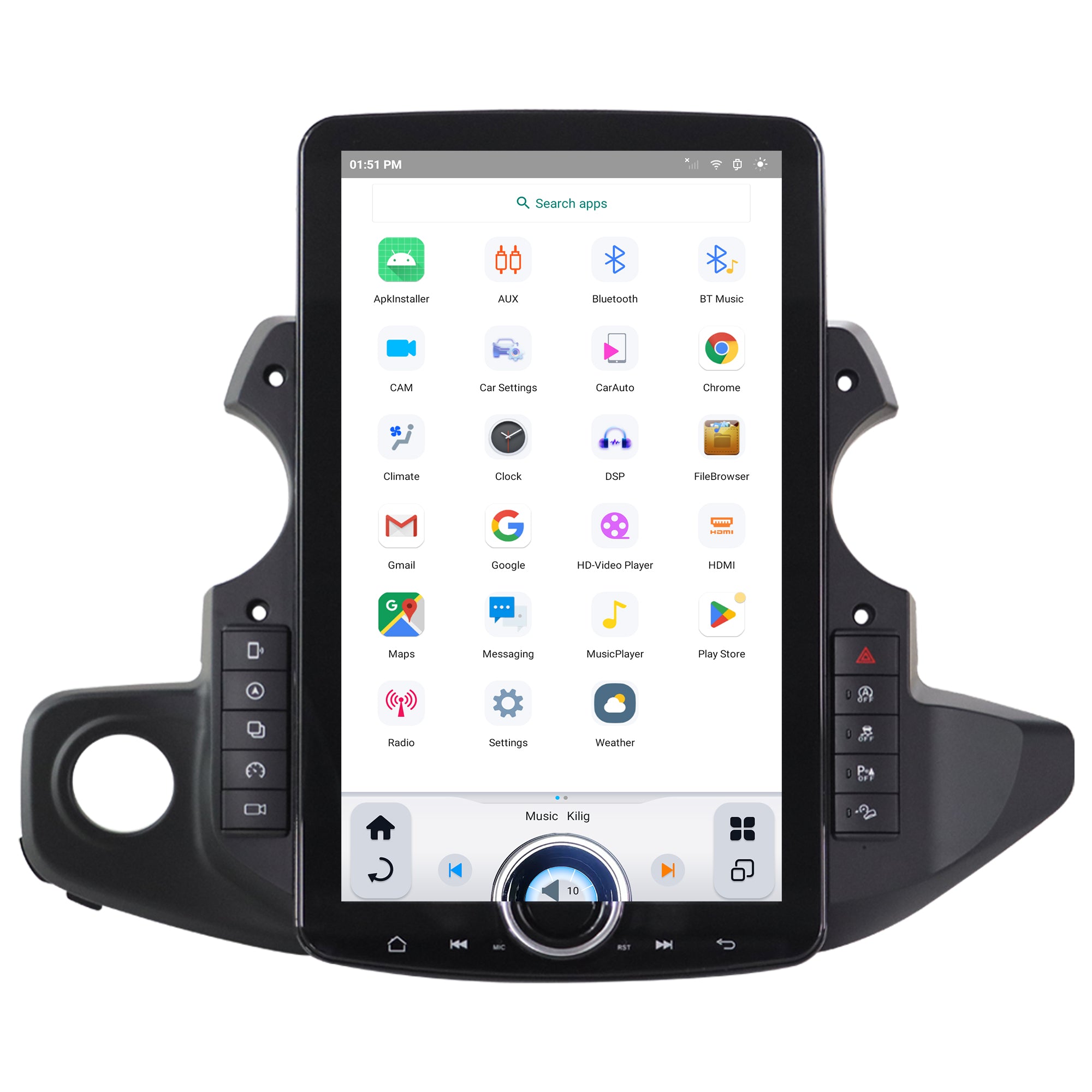
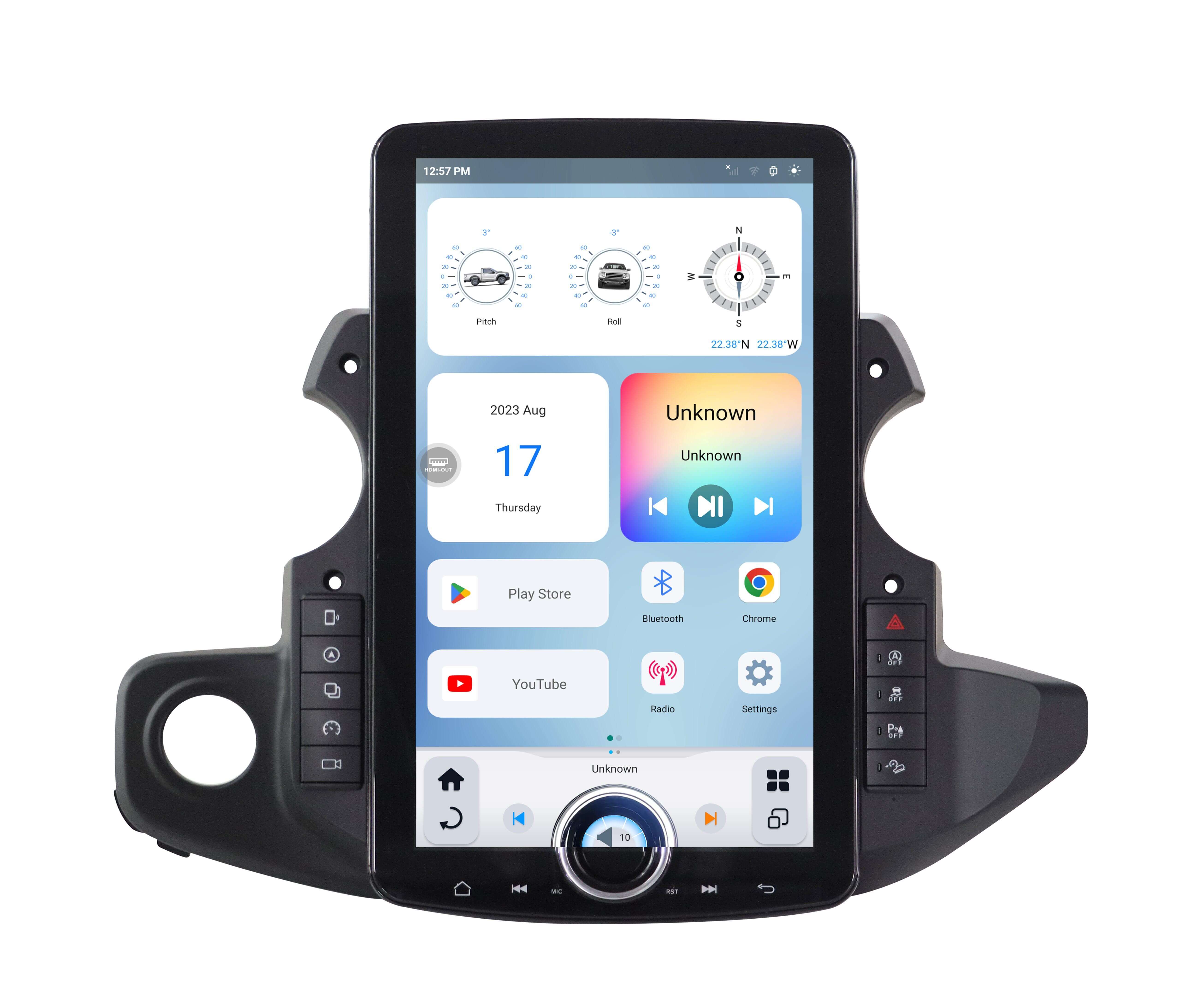
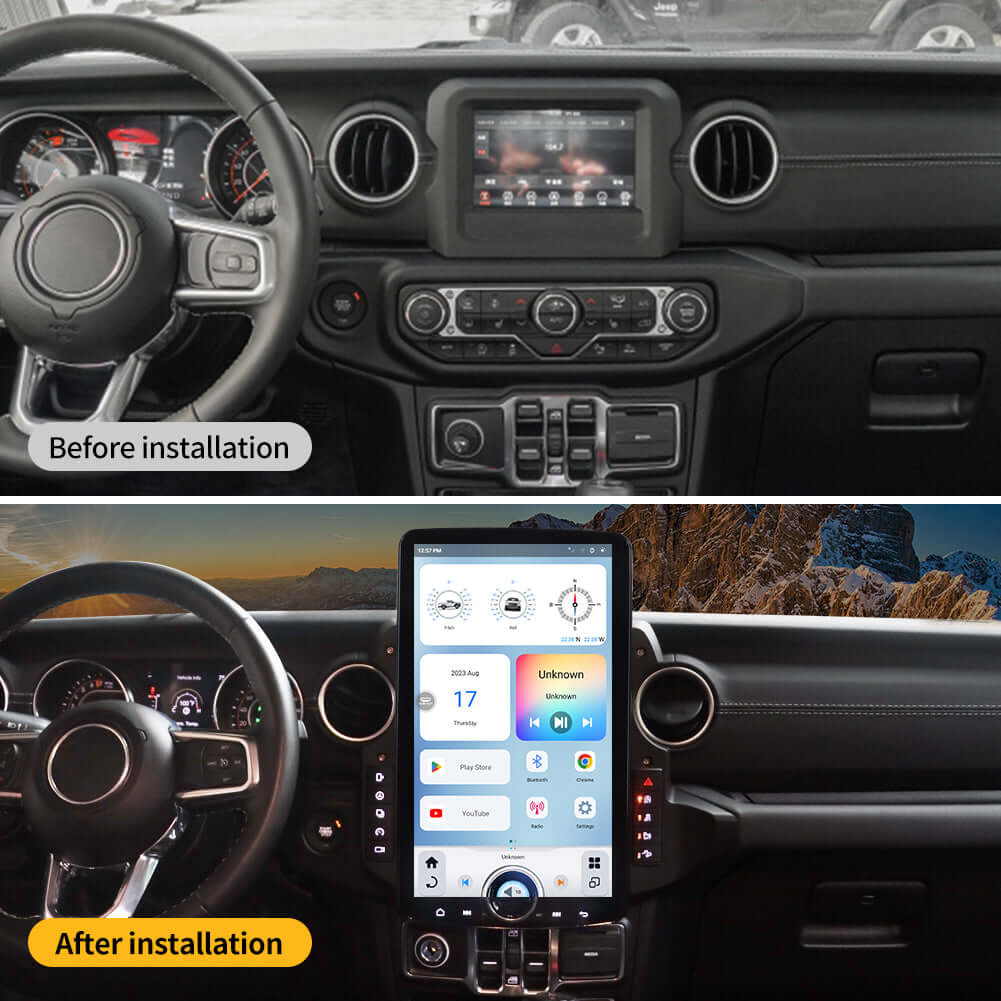

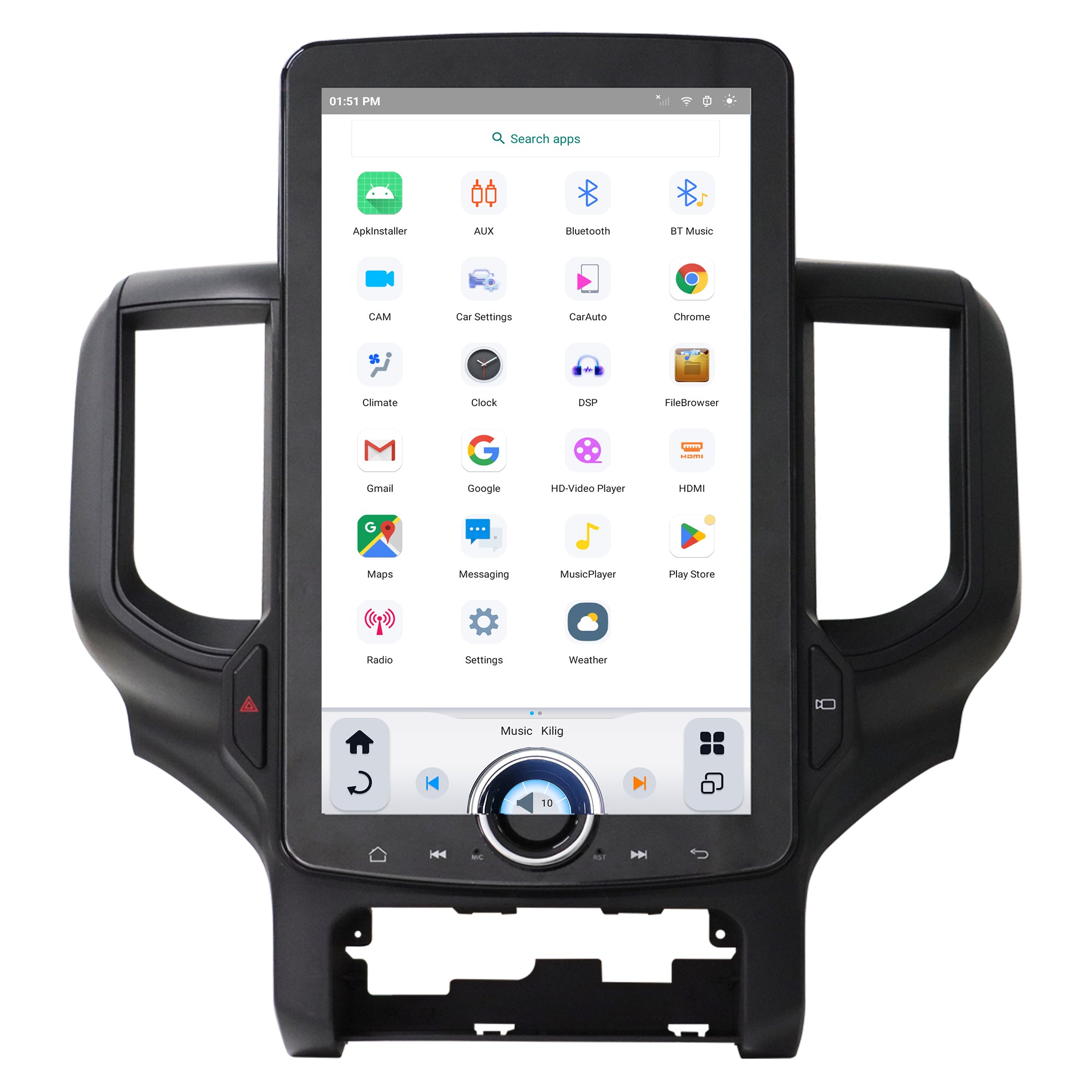
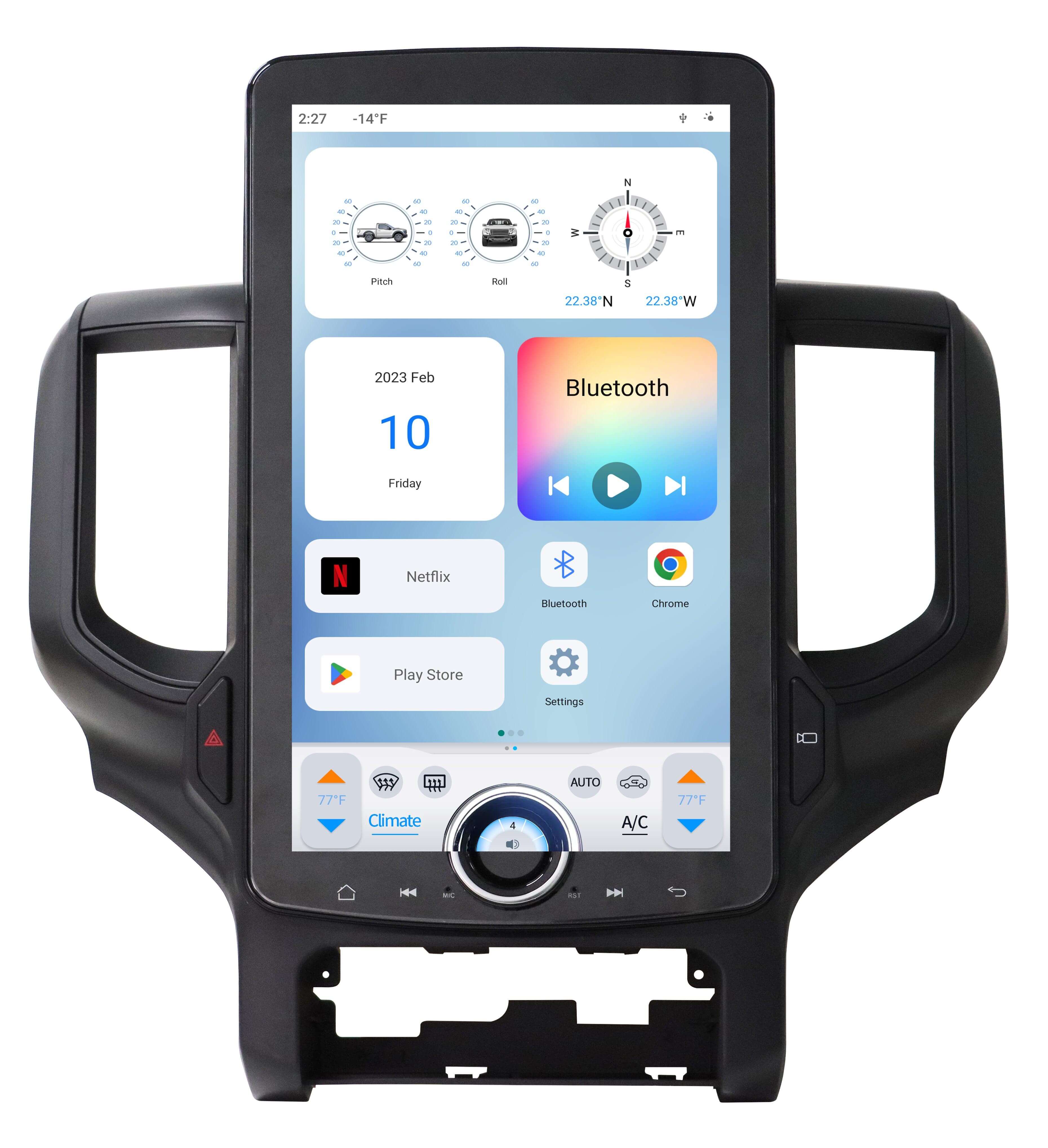
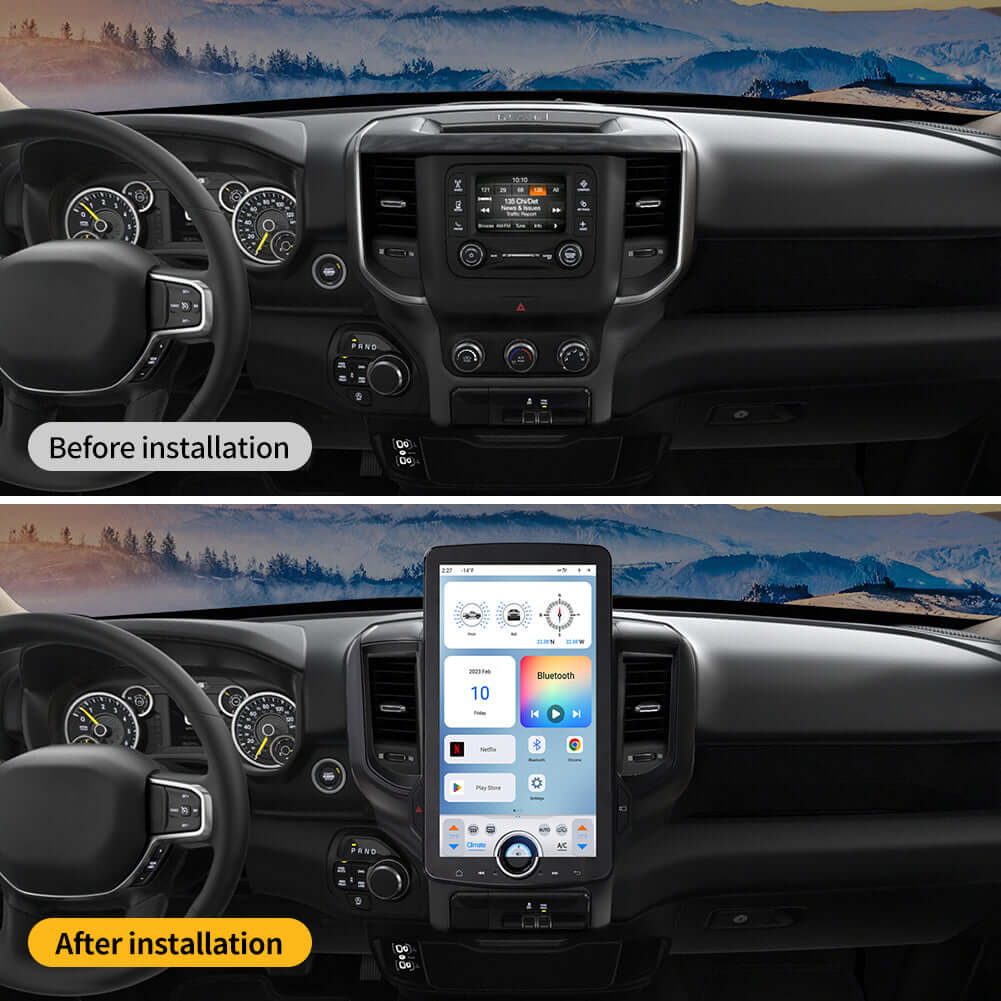
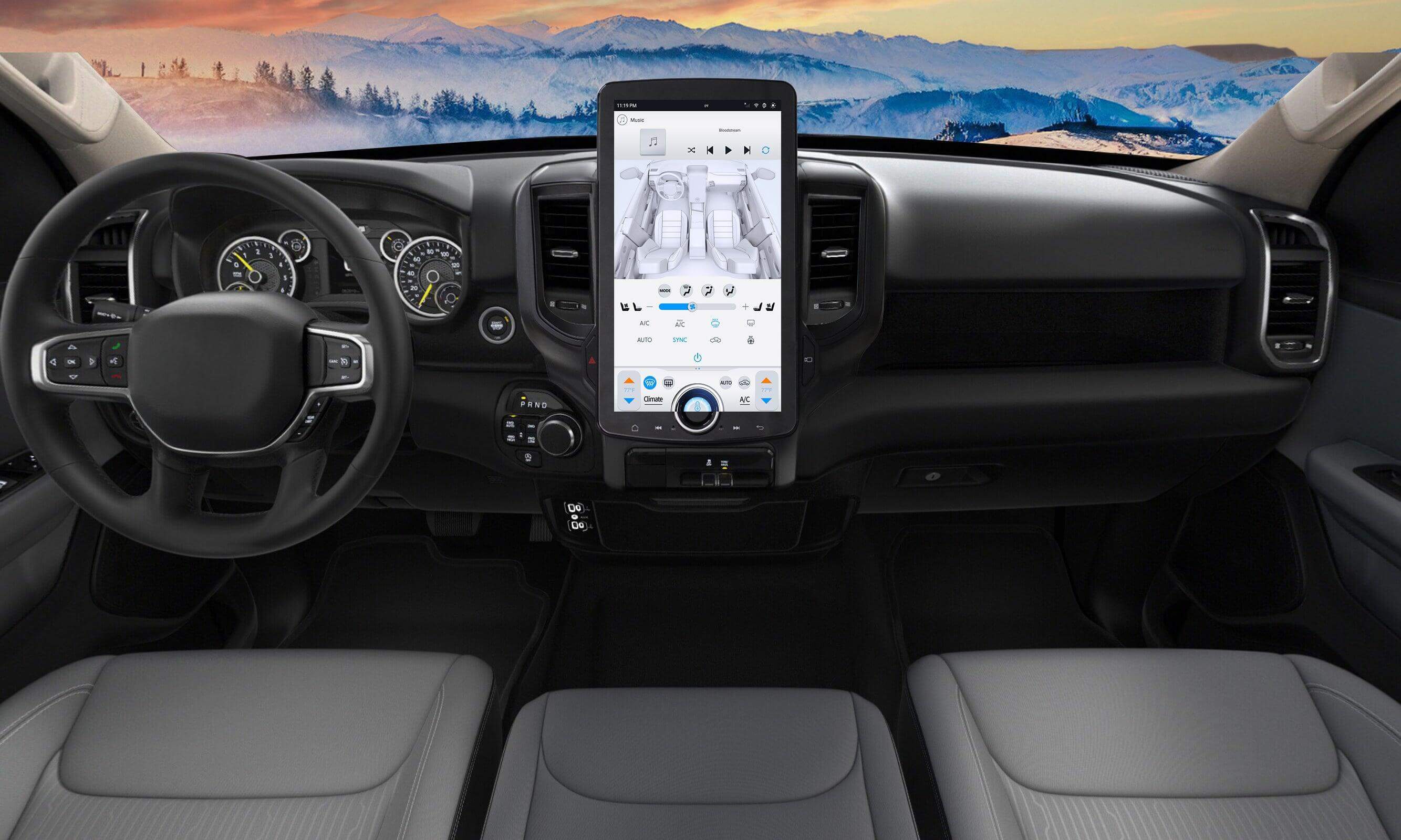
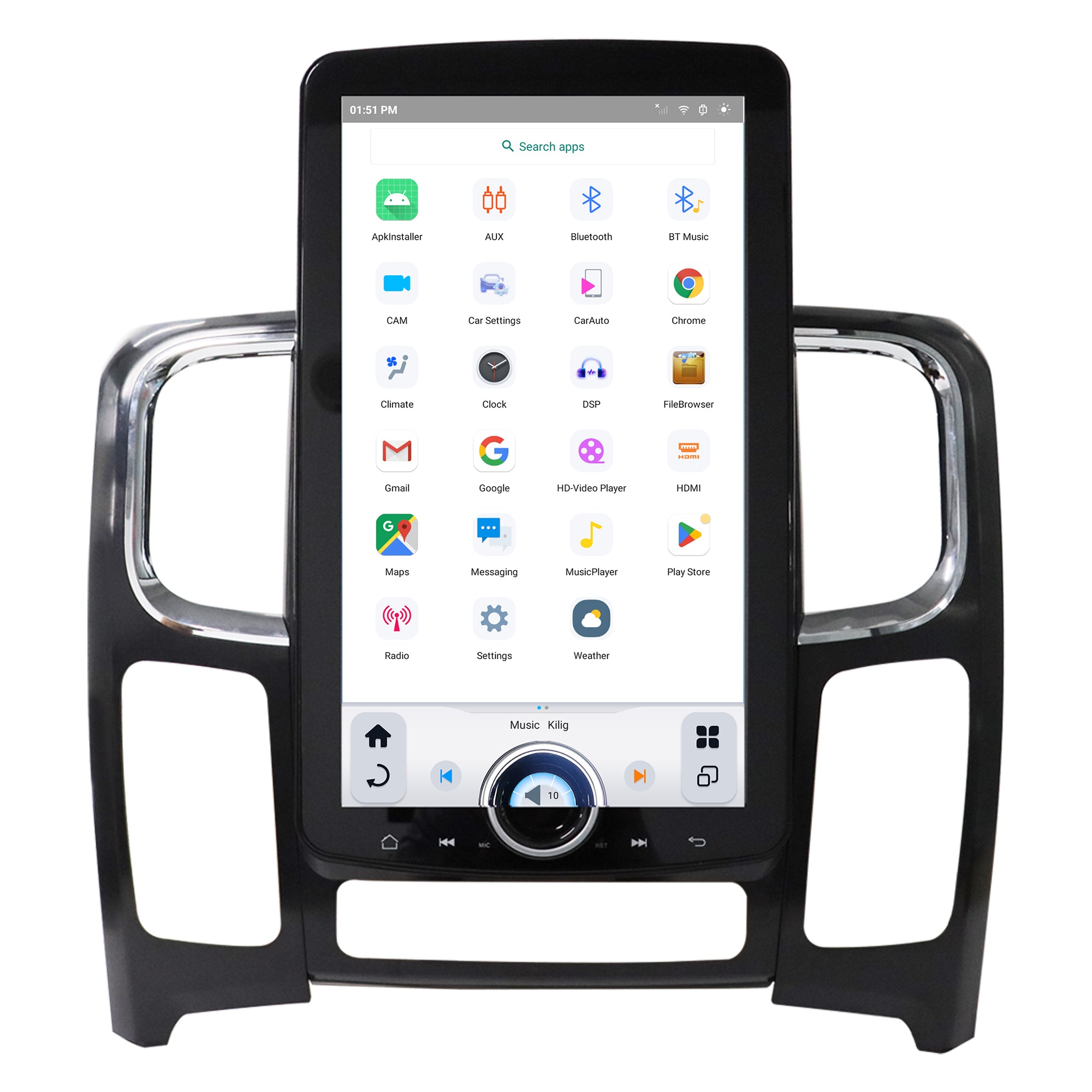
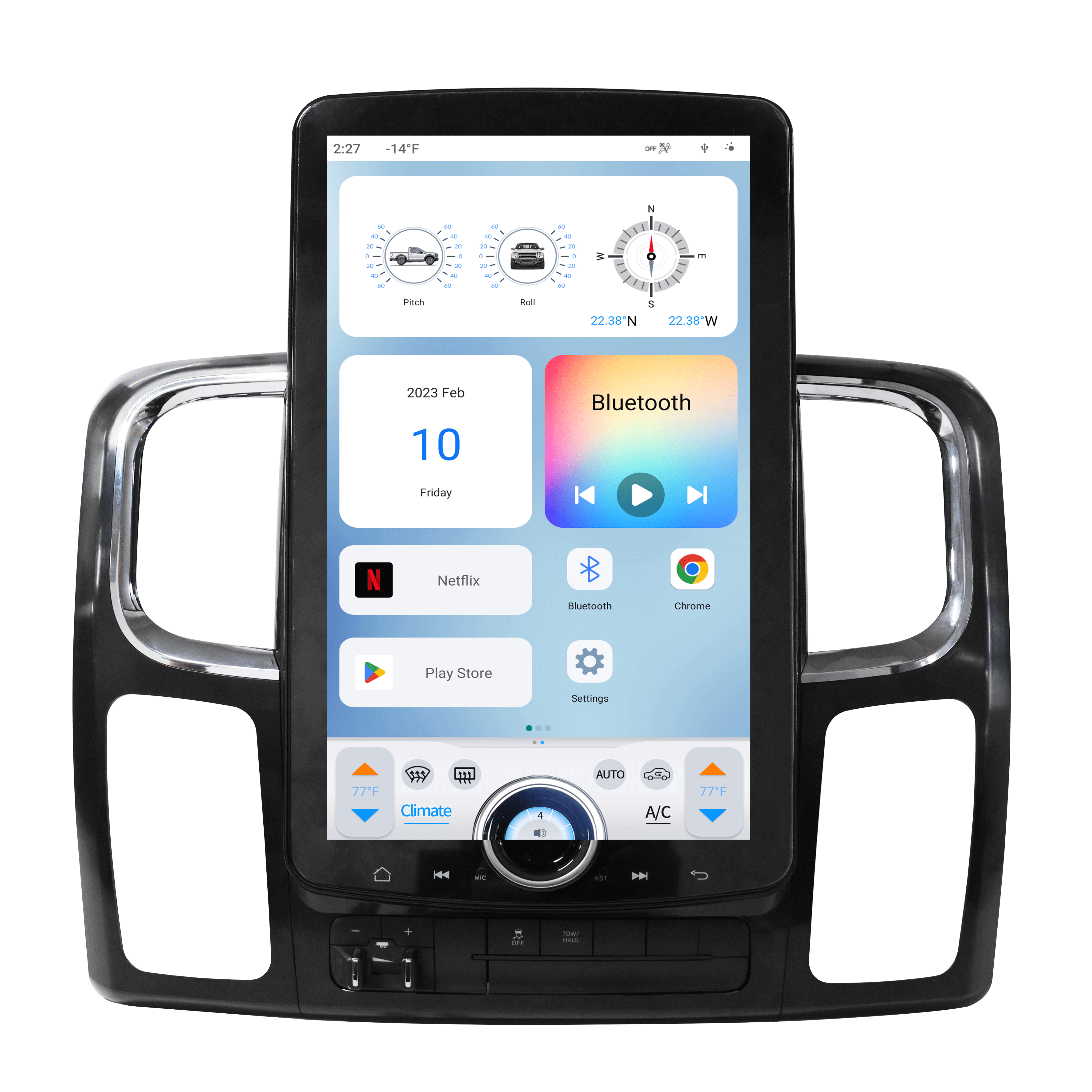
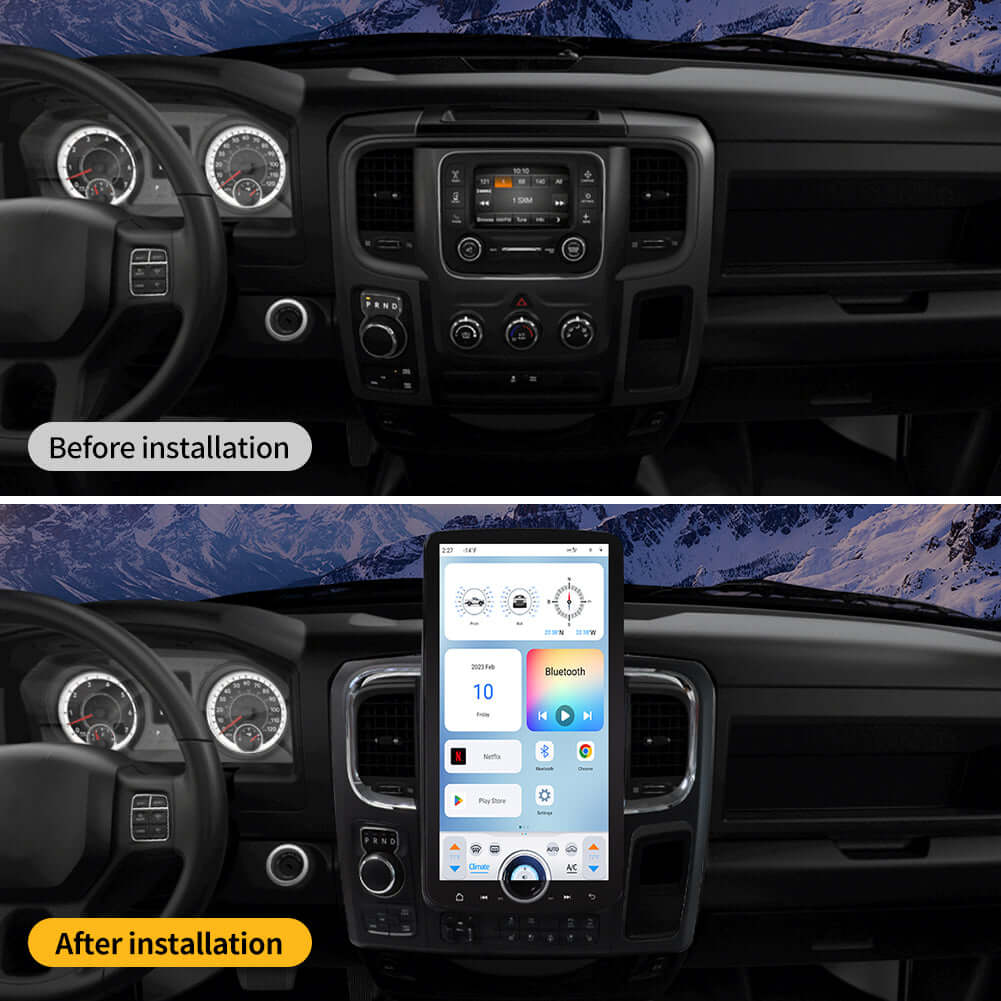
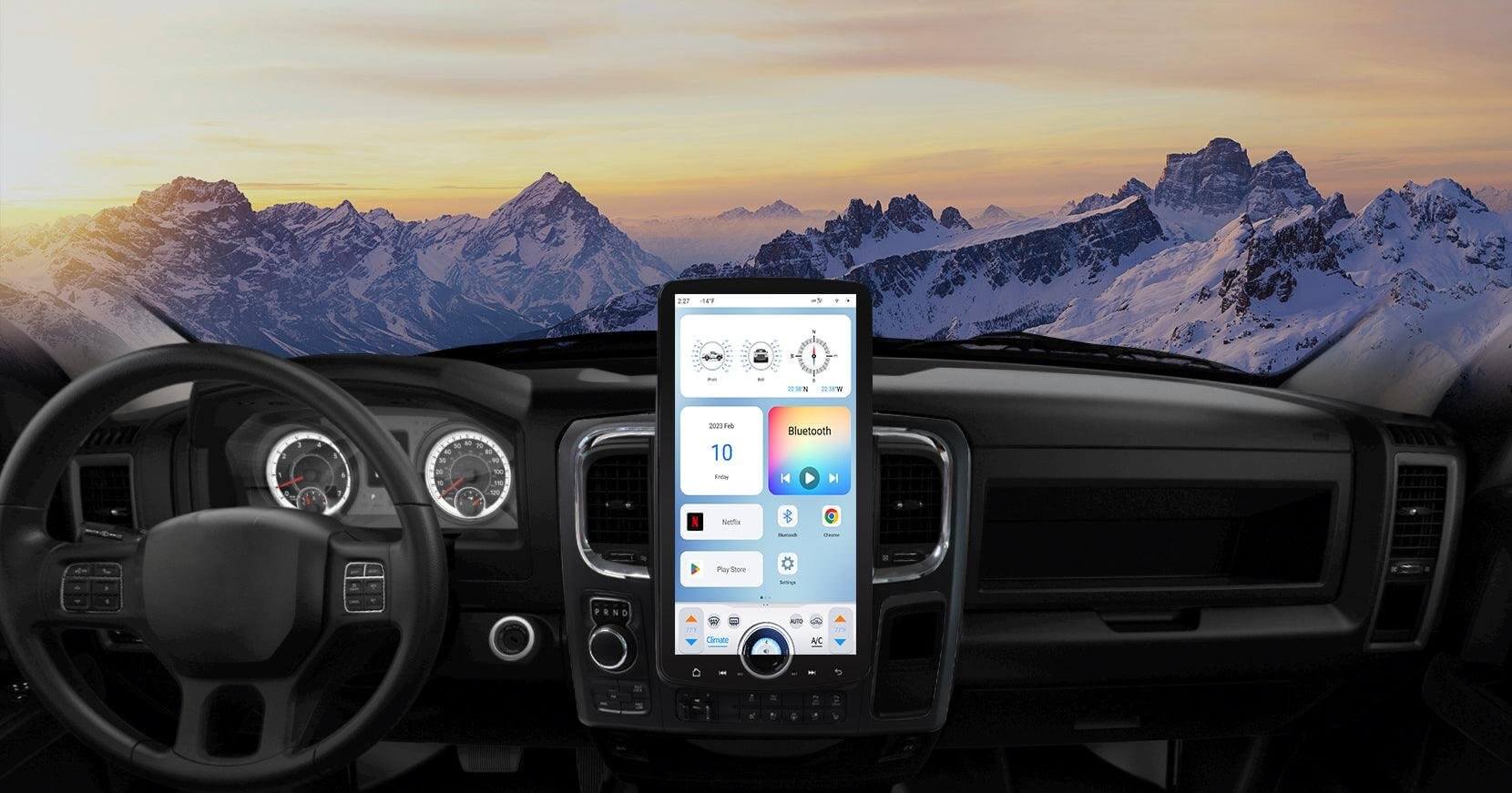
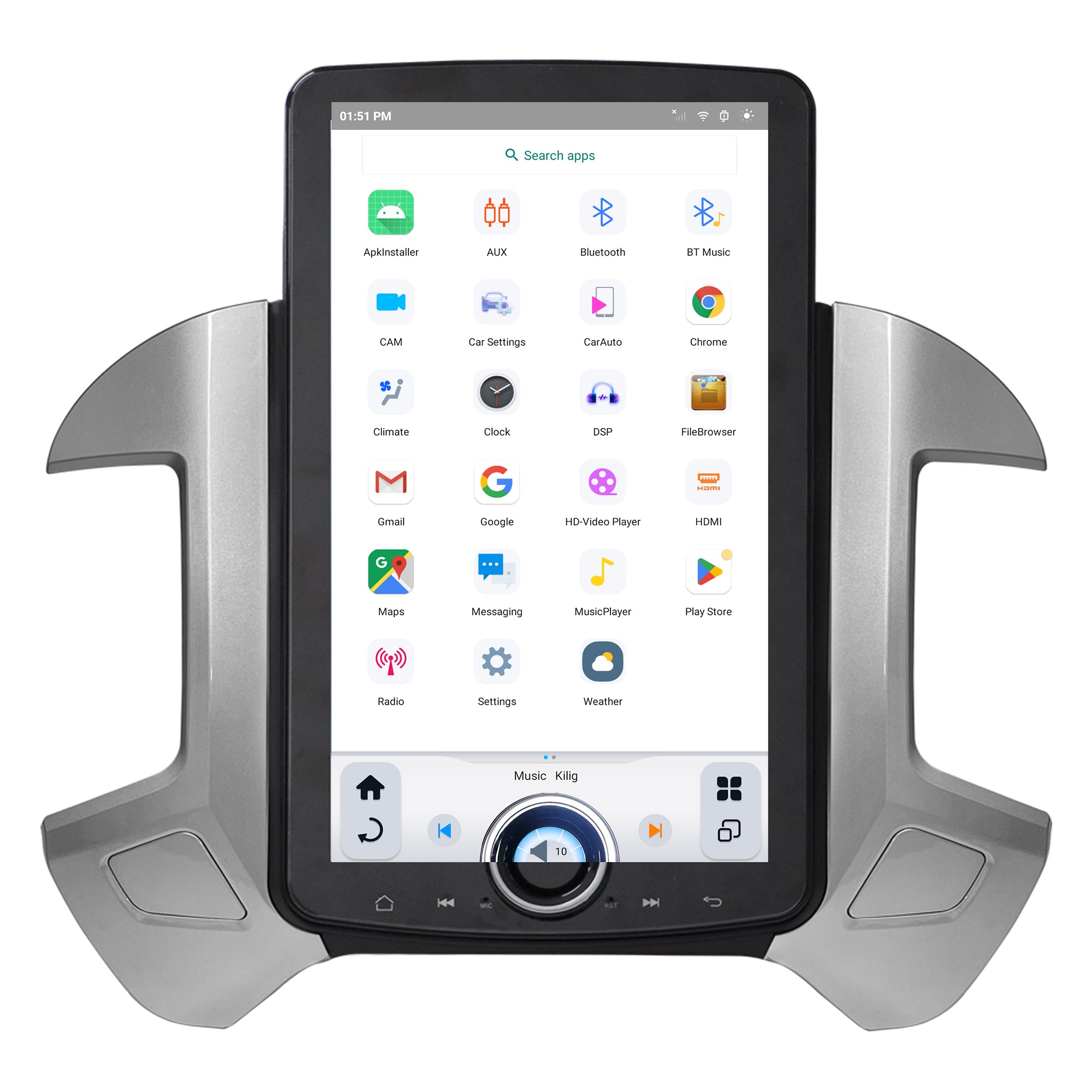

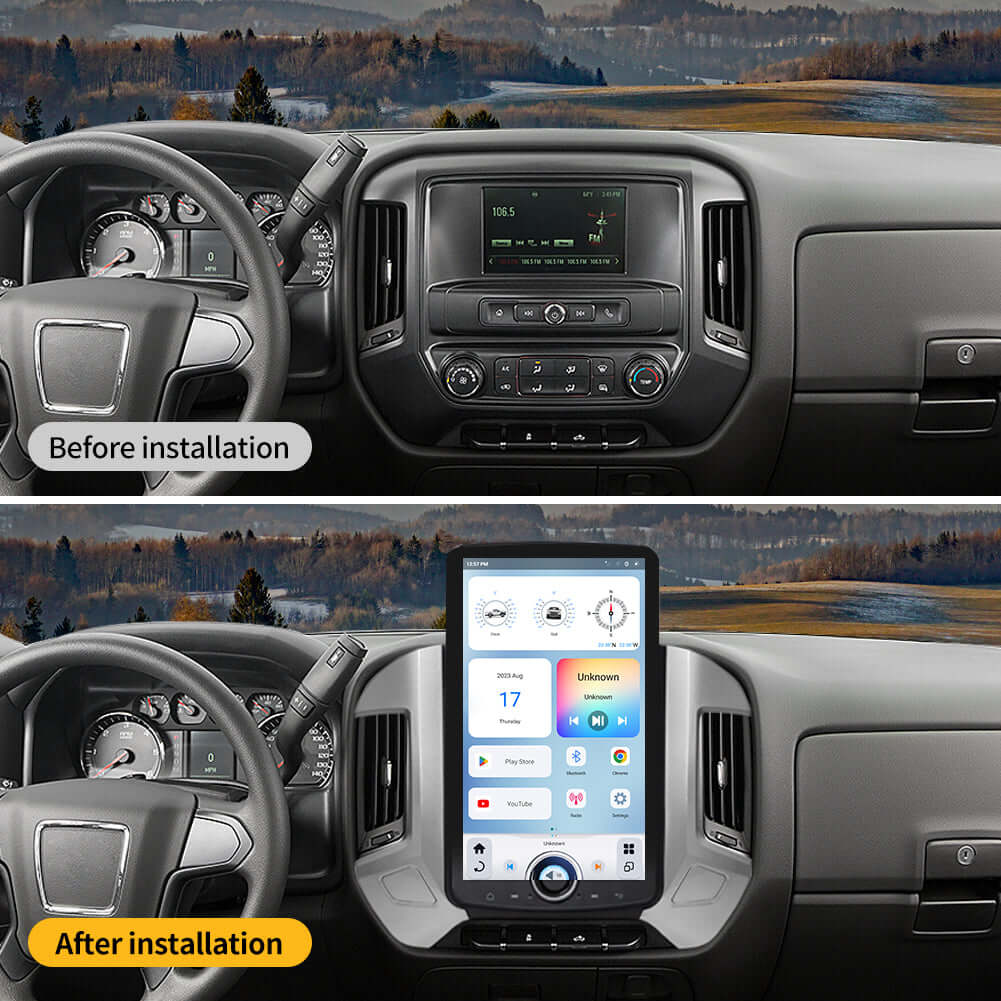
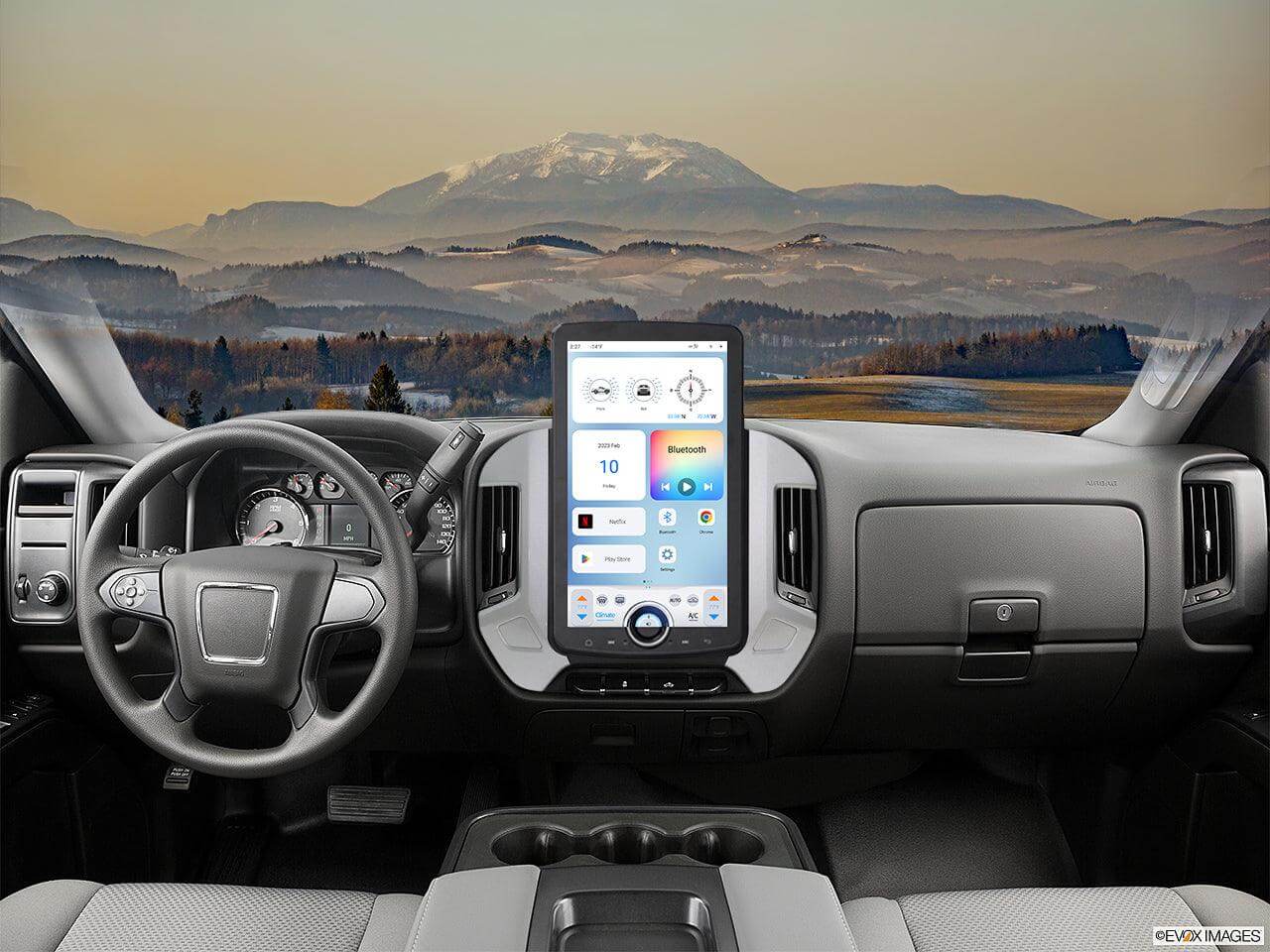
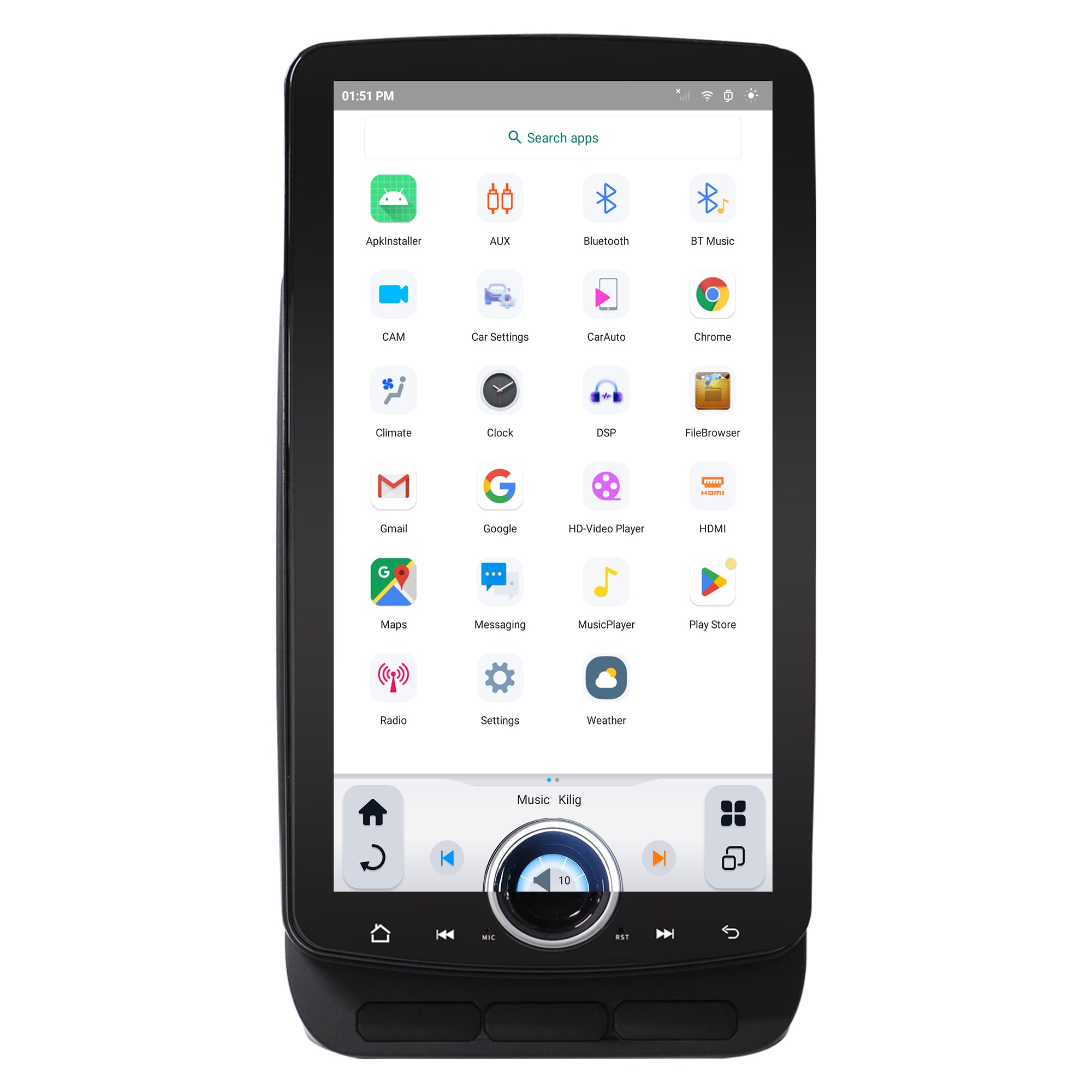
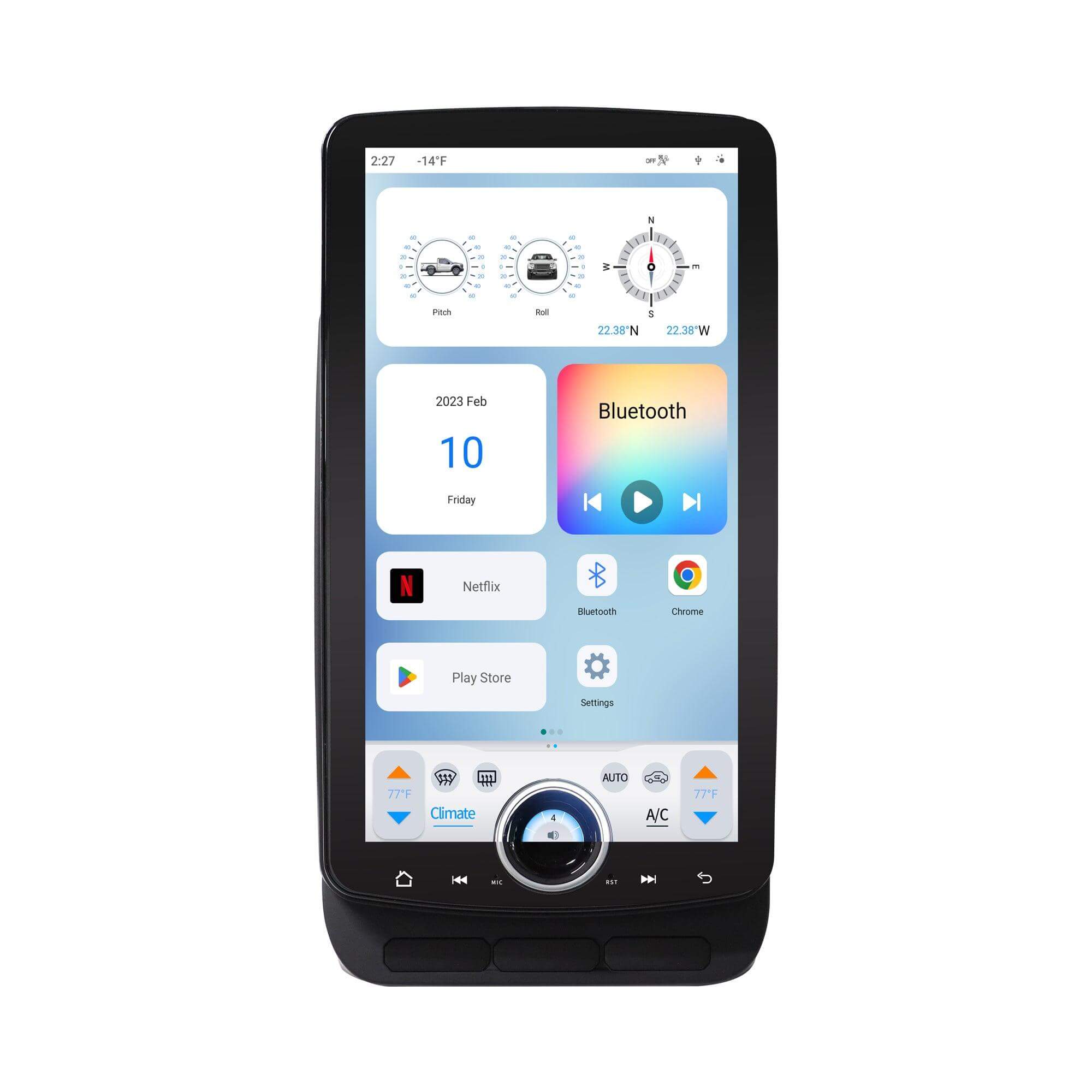
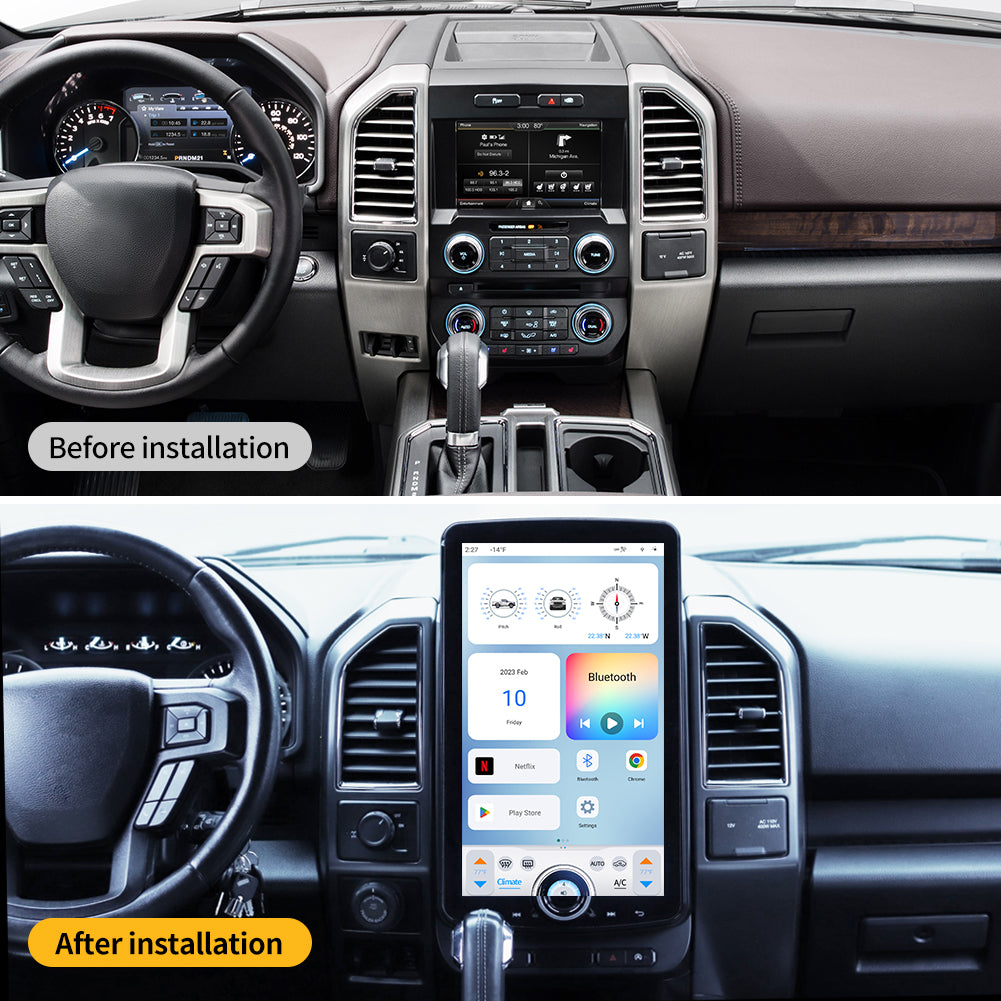
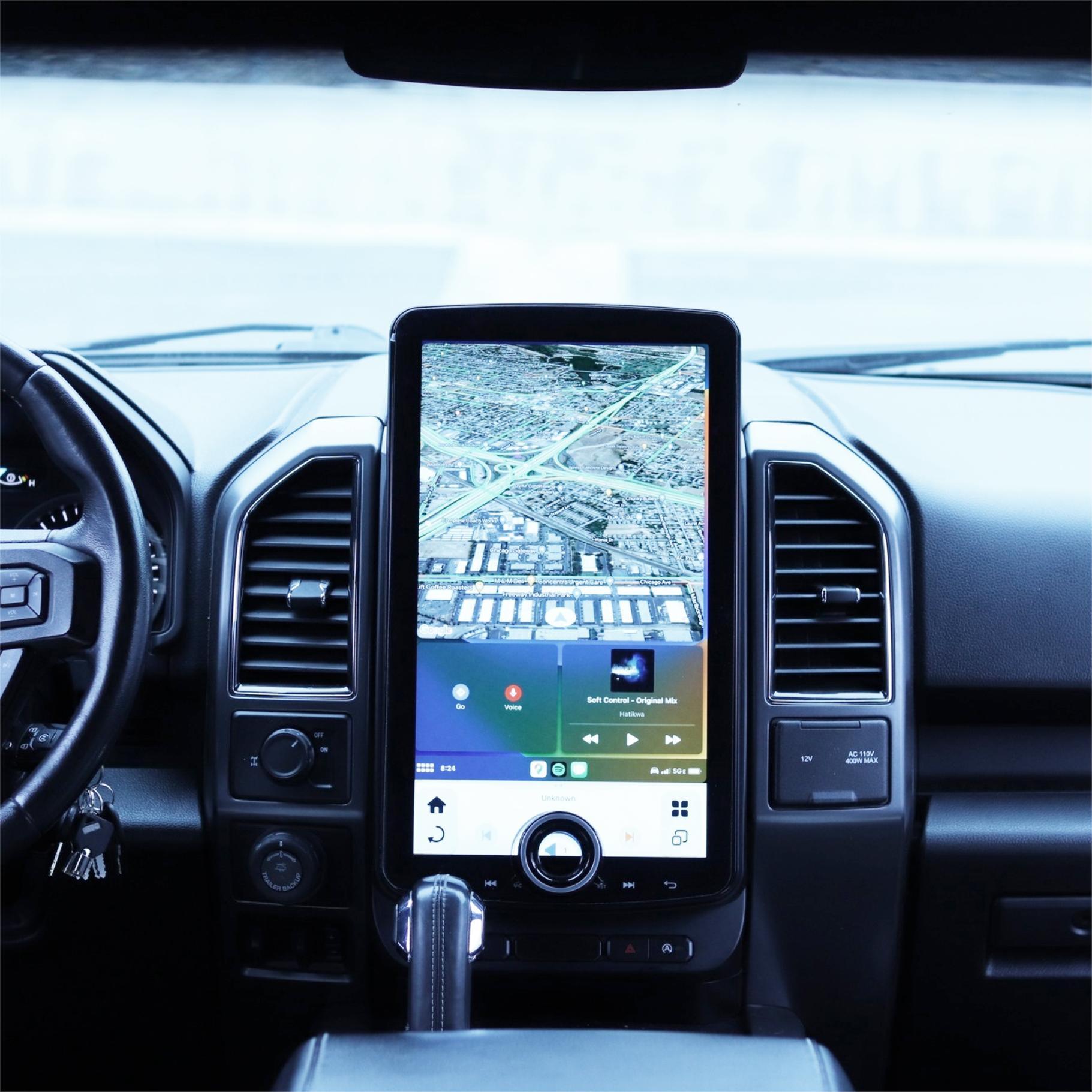
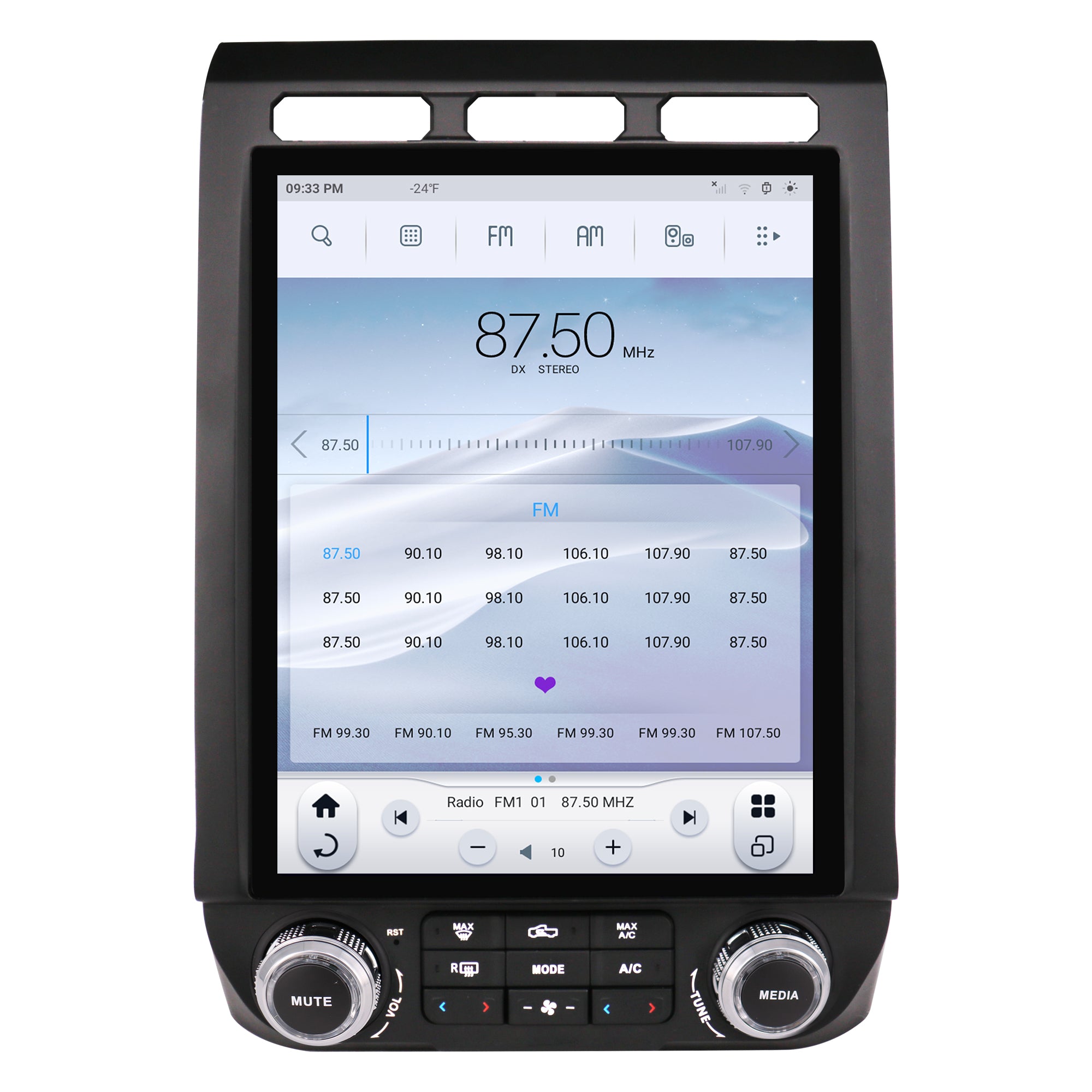
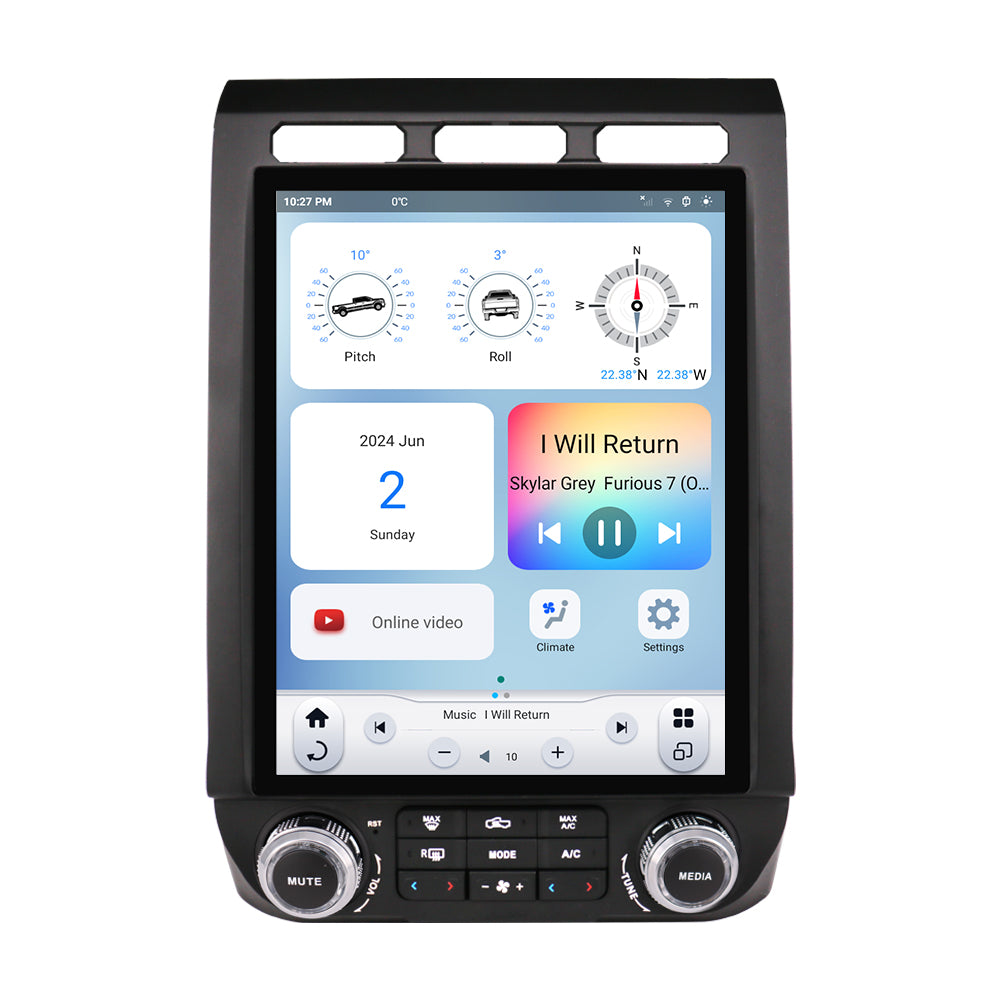
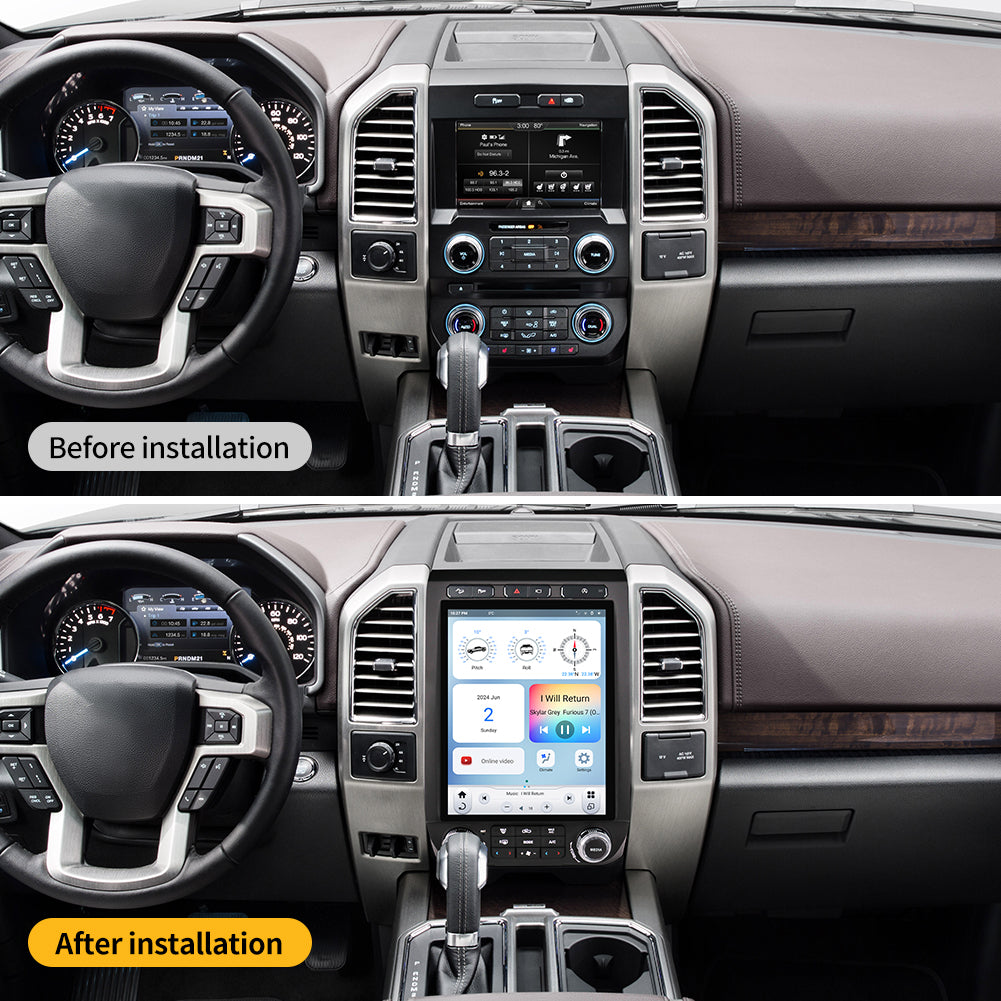
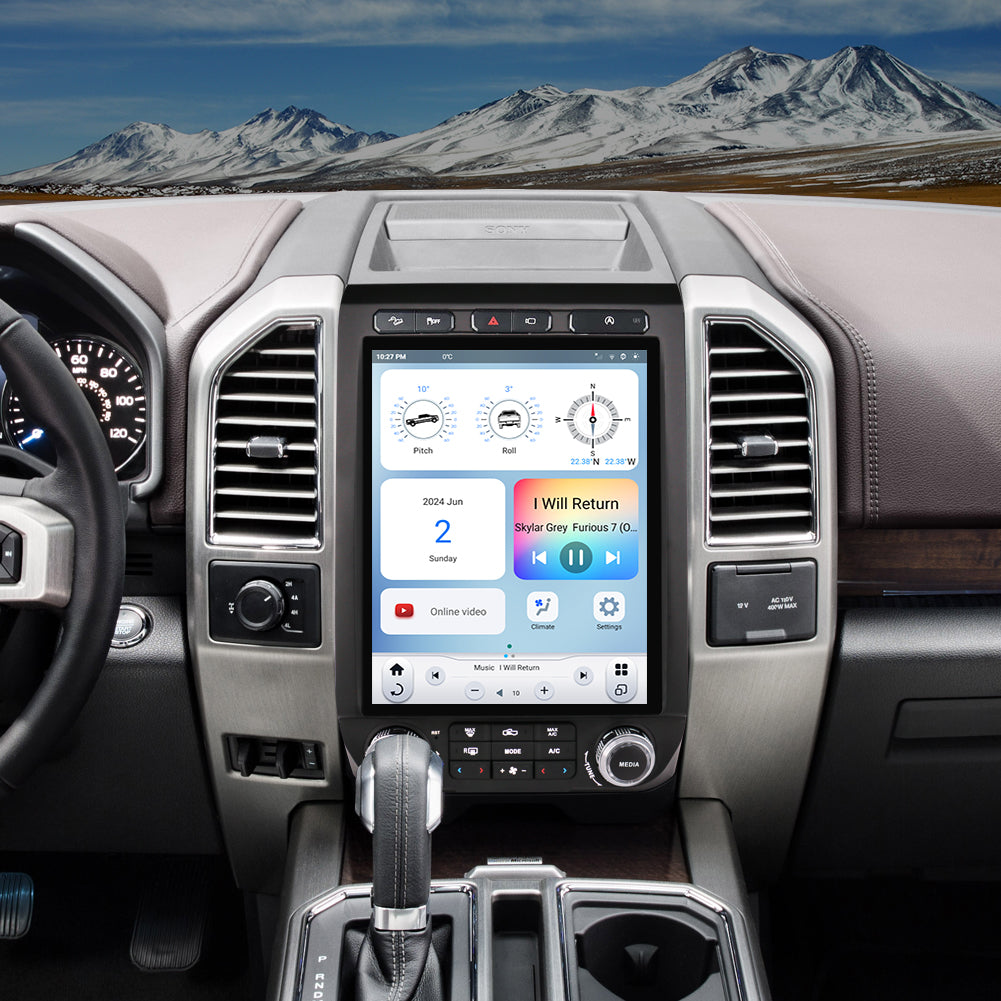
Share:
Can Red and Yellow Wires Go Together on Car Stereo?
How to Tune a Car Stereo?